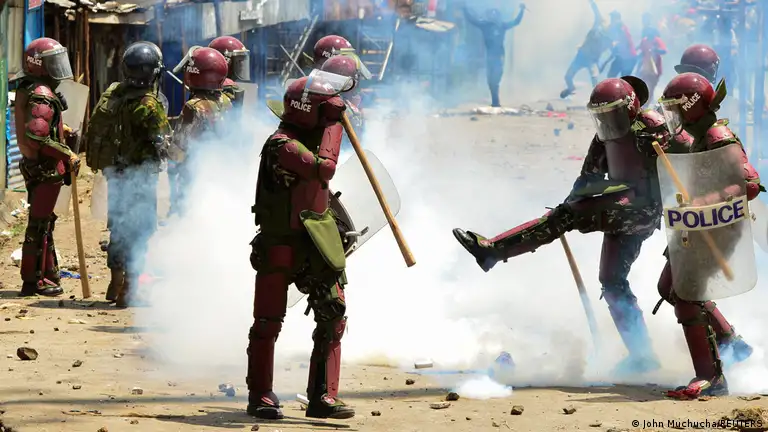Heavy anti-riot security personnel have been stationed in Nairobi, Kenya, and around the State House in anticipation of scheduled demonstrations.
Many businesses in the capital are shut, and roads near important buildings are blocked. Local TV channels broadcast deserted streets in the central business district, with numerous security personnel conducting patrols.
Despite President William Ruto agreeing to withdraw a finance bill that sparked the initial protests, many Kenyans on social media are determined to proceed with the demonstrations, which reportedly resulted in 22 deaths earlier in the week.
Demonstrators plan to hold protests in the city centre to honour and mourn those who lost their lives in earlier protests.
Some have even expressed their intention to march to the president’s official residence. However, specific prominent figures associated with the protests have cautioned against this due to the potential for further violence.
According to the state-funded Kenya National Commission on Human Rights (KNHRC), at least 22 people lost their lives during Tuesday’s protests. In Nairobi, all roads to State House were blocked, and security personnel redirected certain motorists and pedestrians.
A local TV station portrayed a peaceful atmosphere in Mombasa, the second-largest city, with some individuals going about their usual activities. However, there were clashes in Migori, located in western Kenya, where police used tear gas to disperse demonstrators. Similarly, in Kisumu, also situated in the west, large groups of demonstrators had gathered.

